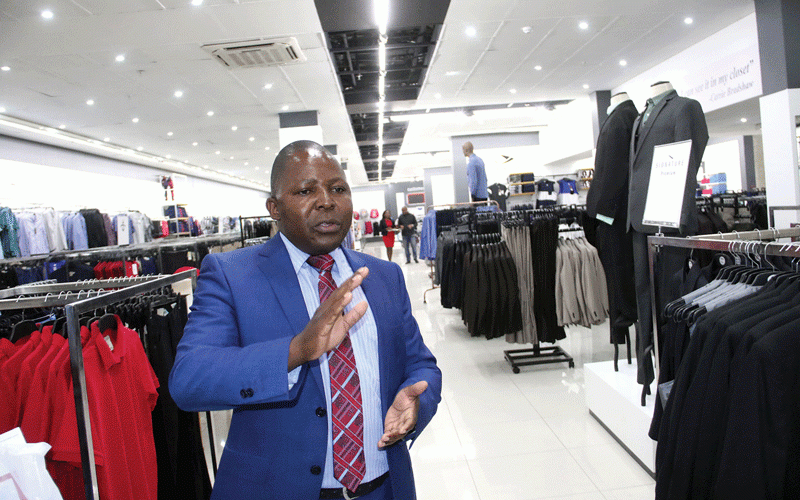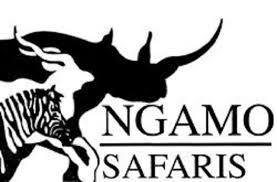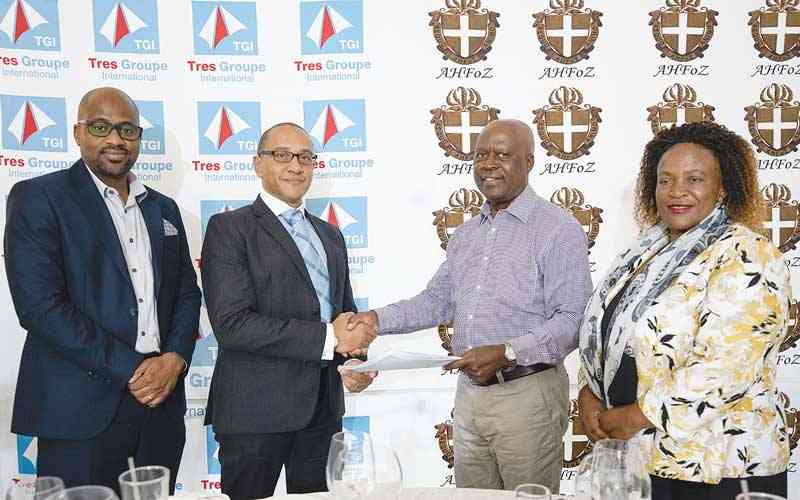
CLOTHING retailer, Edgars Stores Limited, has revealed that 60% of the market is now in the low-end segment where clothing is cheaper, as the business steps up its Express Stores launches.
The push into the low-end segment of the market comes as the second-hand clothing market has destroyed formal retailers as they cannot compete with these cheaper offerings.
In January, Edgars revealed plans to launch 20 new Express Stores this year with a capital investment of approximately US$200 000, targeting the lower-income demographic.
These stores offer new clothing items priced between US$1 and US$10, with the sizes of the Express Stores ranging between 100 square metres (sqm) and 150sqm.
“The Zimbabwe market is primarily in the informal sector. Our internal research indicates that about 60% of the market is in the low-end segment, which has been serviced by small players such as open space traders (Kotamayi), runners and boutiques,” Edgars Express Stores general manager Collin Mupatiki told NewsDay Business.
“As a market leader in the clothing industry, it became imperative for Edgars to recalibrate and focus on this space, which has significant growth potential. One of our main strategic goals is to establish a geographical footprint in all areas with high growth potential. Express Stores will drive our efforts toward that goal.”
He said the rapid success of the stores highlighted the need to drive revenue growth by effectively tapping into the informal sector, where there is substantial cash circulation.
According to the Reserve Bank of Zimbabwe, at least US$2,5 billion worth of cash is circulating in the informal sector.
- Edgars Borrowdale relocates to bigger space
- Edgars Borrowdale relocates to bigger space
- Improved performance buoys Edgars
- The plague of informalisation
Keep Reading
“There is a lot of cash in circulation in the informal sector and our new stores have quickly become contributors to revenue growth. We expect to continue this growth trajectory by engaging with this segment,” Mupatiki said.
He said Edgars anticipated sustaining this growth momentum by capitalising on this market segment.
“Our marketing efforts will include targeted community outreach campaigns, such as roadshows, flyer distributions and local radio promotions,” Mupatiki said.
“Nowadays, youths are tech-savvy and spend most of their time on social media. Therefore, we are actively involved in digital marketing through social media geo-targeting and SMS campaigns.”
The retailer recently launched its new Shurugwi Express Store, further expanding its retail footprint.
“In our portfolio, we have Edgars Stores catering for the high-end market by providing clothes that match international fashion trends,” Mupatiki said.
“We also have Jet Stores targeting the middle-income market with stylish and trendy clothing for the entire family. Now, Express fills the gap by servicing the entire household in the low-end market.”
He said Edgars measures its performance based on the number of open stores.
“By the end of F2025, we need to have opened 20 stores. We also focus on sales and basket size. The targeted average spending per invoice is US$10 and the number is aligned to this very target market,” Mupatiki said.










